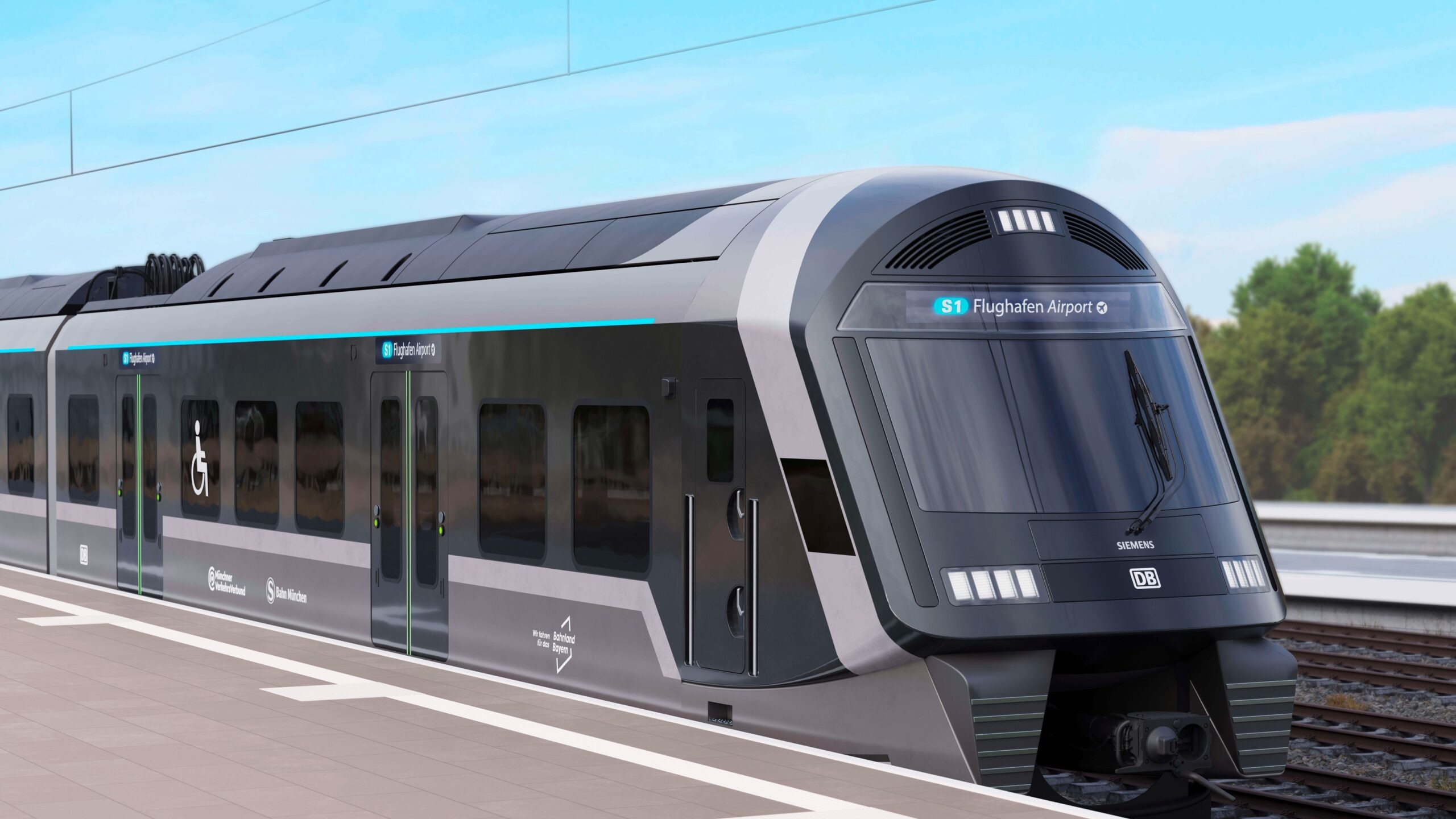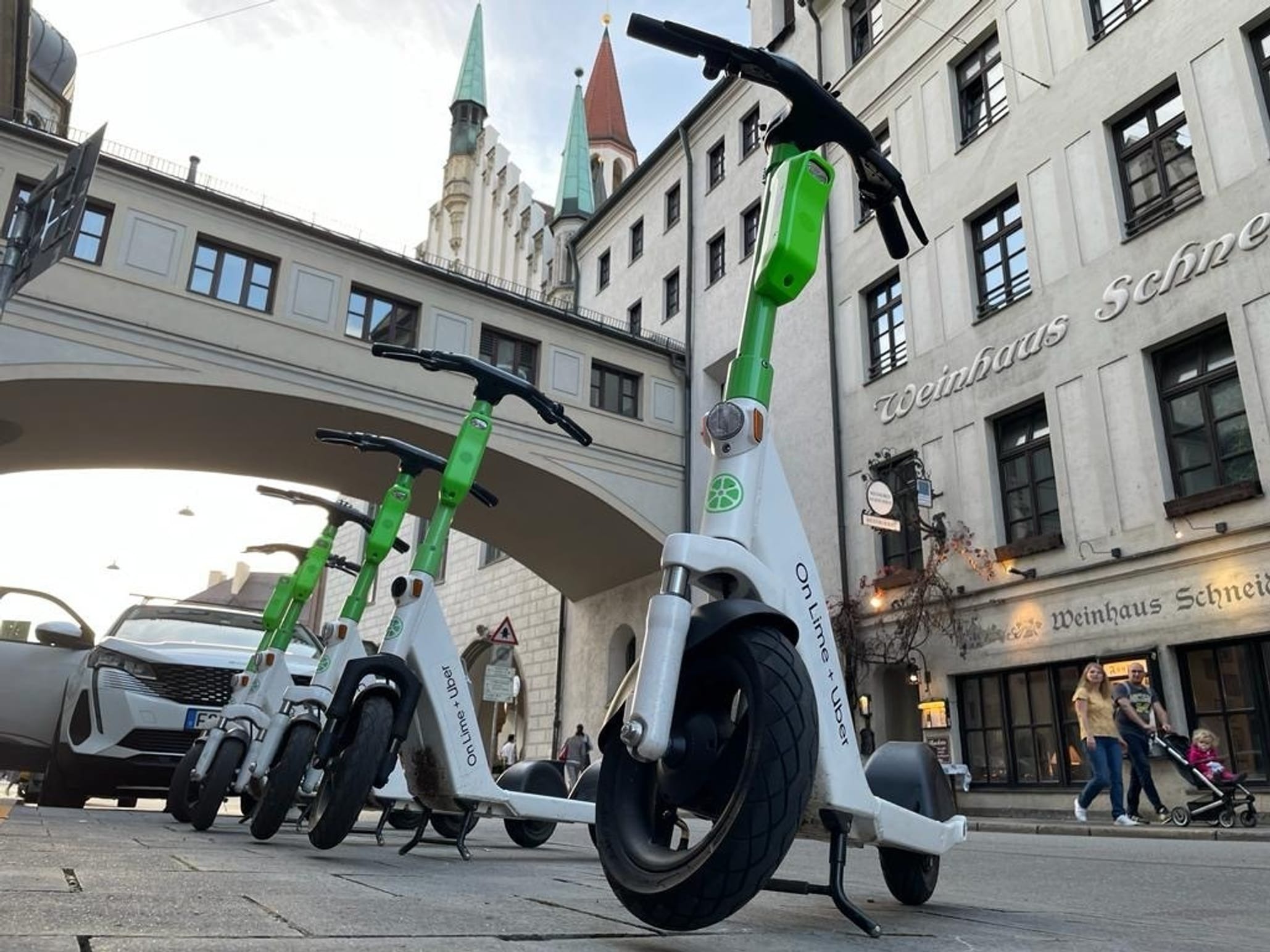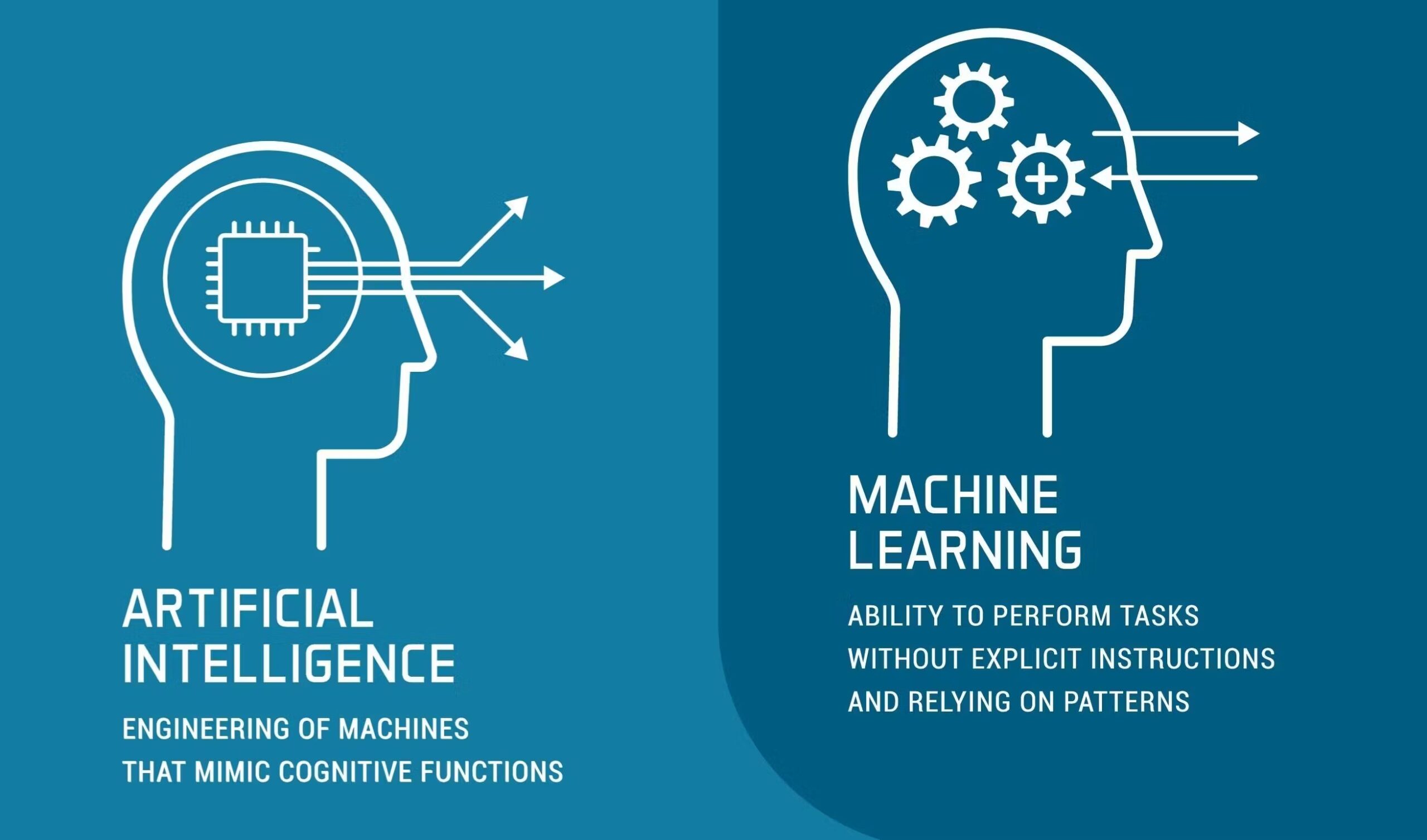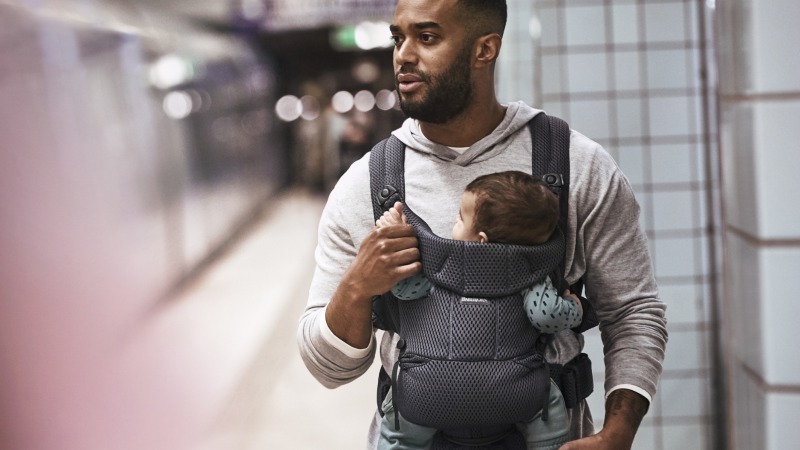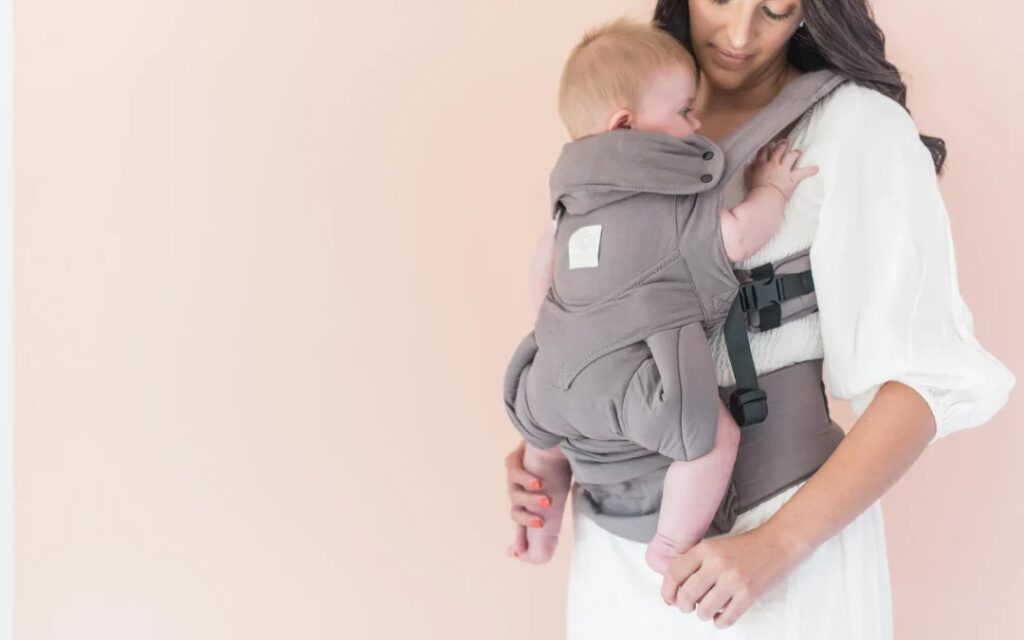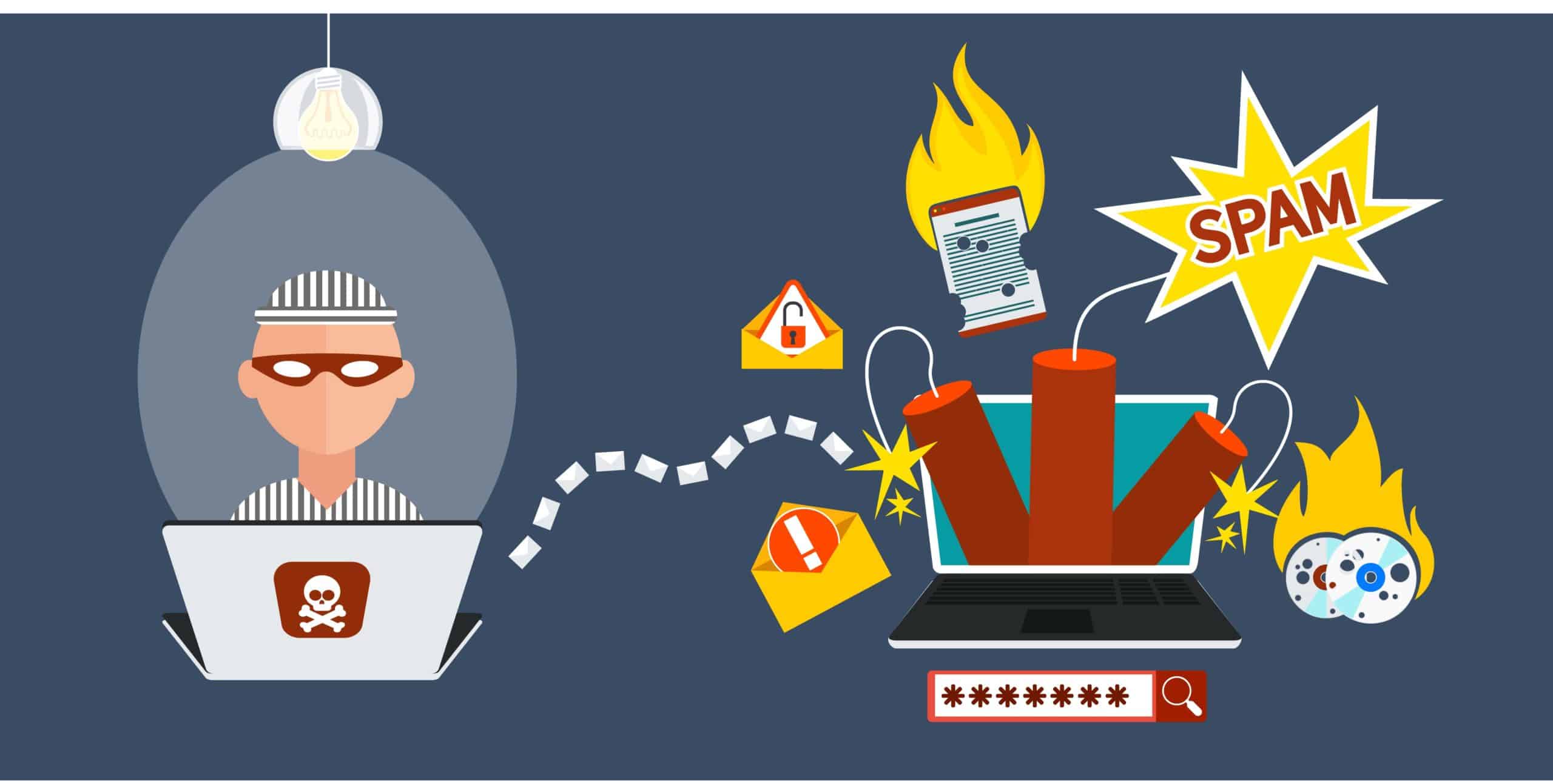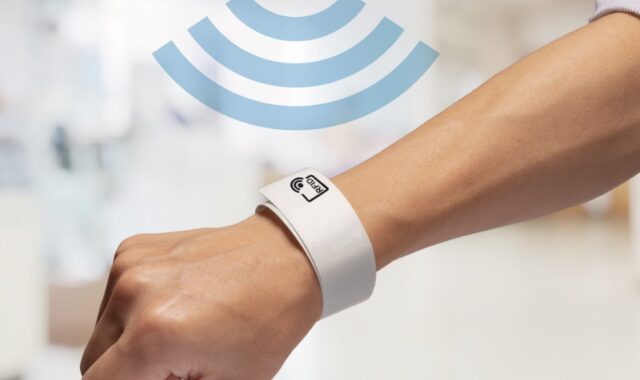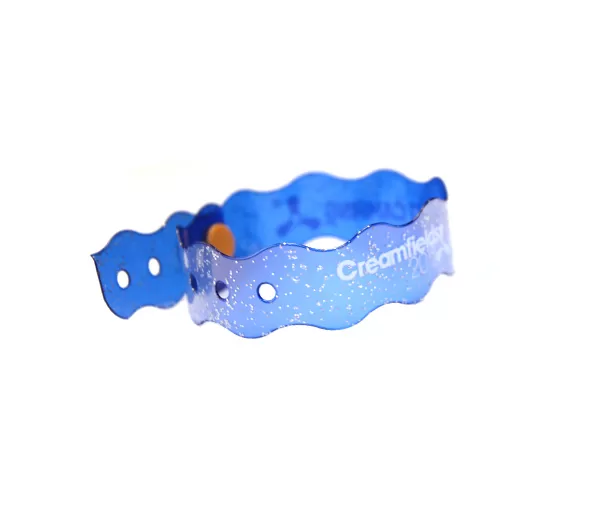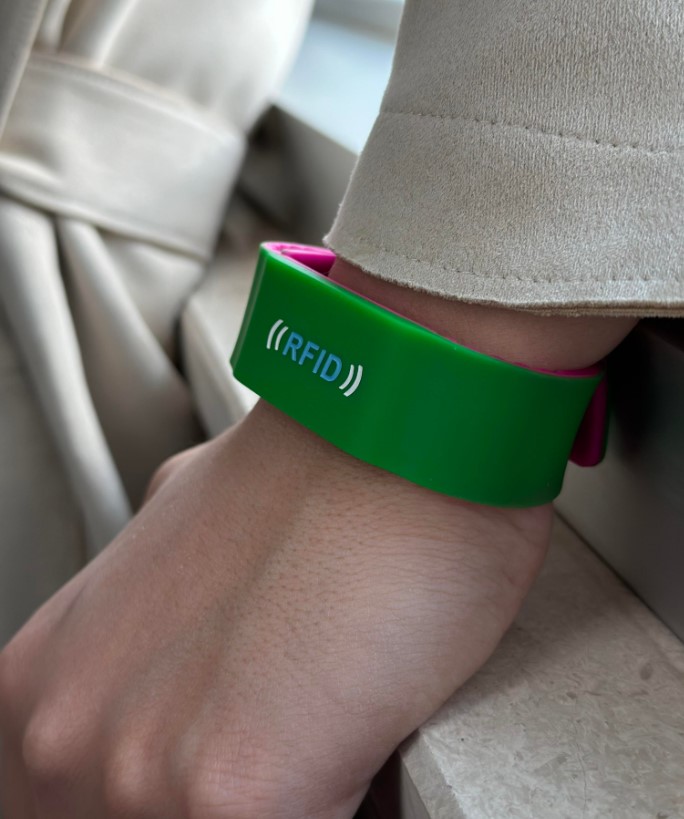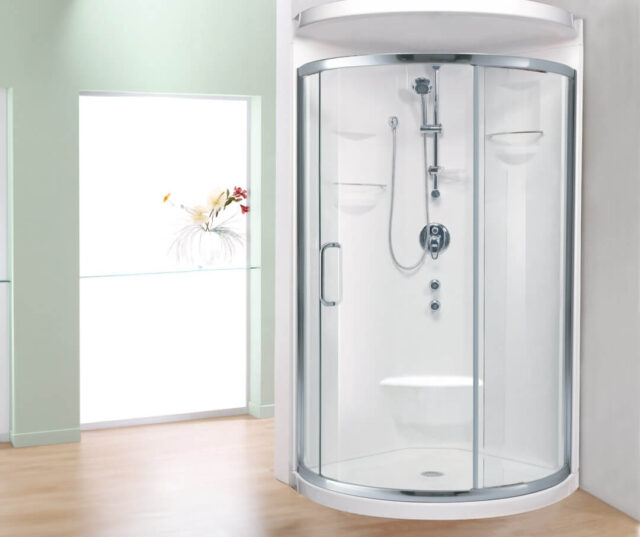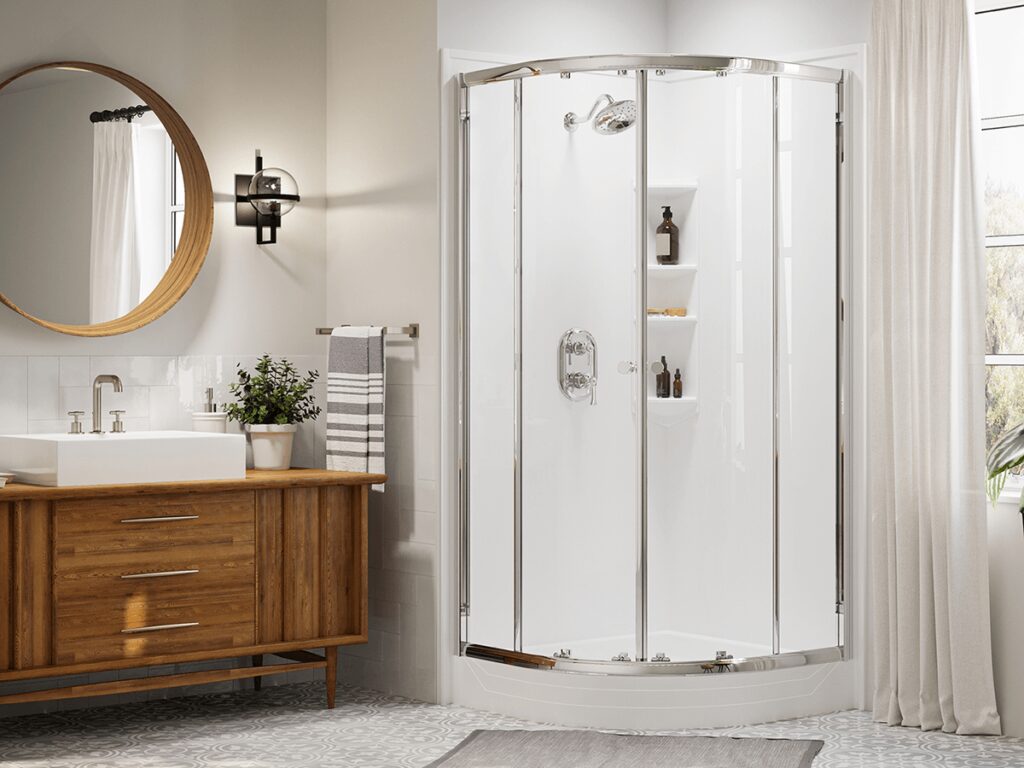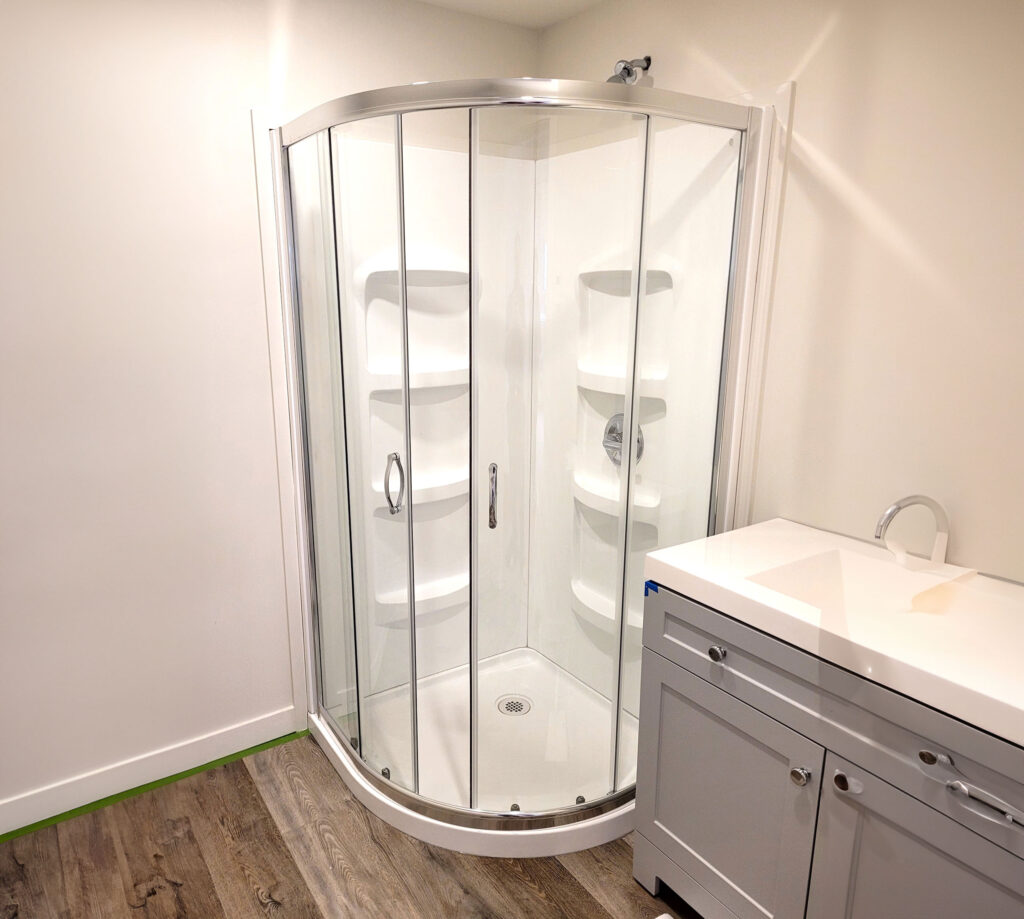The Best Personalized Gifts for Anime and Comic Fans
Finding the perfect gift for someone who adores anime or comics is always a little adventure, isn’t it? You’re not just picking out an item—they probably have tons of merchandise already.
You’re searching for something personal, something that says, I get you. And that’s what makes personalized gifts so special for anime and comic fans. They turn a fun present into a cherished keepsake.
Are you shopping for a birthday, holiday, or just because? Stick with me, ‘cause I’ve gathered some of the most creative and meaningful gift ideas that can truly brighten up any fan’s day.
Key Highlights
- Personalized gifts make anime and comic merchandise feel extra meaningful.
- Custom options can fit every budget, from small tokens to premium collectibles.
- Acrylic stands and display pieces add style and flair to any fan’s space.
- Thoughtful gifts show you understand what makes their fandom special.
- There are plenty of practical items that double as fandom treasures.
- Unique gifts can create unforgettable unboxing moments.

Why Personalized Gifts Stand Out
If you’ve ever seen a friend’s face light up when they open a gift that feels like it was made just for them, you know the magic of personalization. For anime and comic fans, a custom gift connects directly to what they love most. It’s not just about the character or the show—it’s about their identity as a fan.
Unlike mass-produced merch, personalized items feel intentional. They remind someone that you paid attention to what matters to them. And honestly? That extra thought goes a long way.
Acrylic Stands: Stylish and Personal
One of my favorite go-to personalized gifts for anime and comic lovers has to be the acrylic stand. These are such fun display pieces—sleek, colorful, and totally customizable. I love how they can capture a character or even original artwork and turn it into a mini piece of art that looks great on a desk, shelf, or dresser.
If you’re looking for inspiration, I recommend checking out acrylic stand options from shops like Vograce. They offer designs where you can upload your own image or choose from existing templates, and the quality is fantastic. What’s great is that these stands aren’t just decorations—they’re conversation starters that really brighten up a space.
Custom Keychains and Charms
Another fun idea? Custom keychains or charms. They’re small, budget-friendly, and perfect for everyday use. I’ve gifted friends keychains with their favorite manga quotes or stylized versions of their names alongside beloved characters, and they’re always a hit.
Charms can be attached to everything—backpacks, pencil cases, keys, you name it. The best part is how easily you can personalize them. Think about pairing a favorite symbol or catchphrase with the person’s name or a date that means something special.
Personalized Apparel for True Fans
Personalized hoodies, t-shirts, and even socks can make a fandom statement in style. What makes these different from the usual anime shirts you see everywhere? You can add your own creative twist—turning basic merch into something that truly fits their vibe.
A few fun ideas:
- Custom illustrations featuring their favorite character in a unique art style.
- Mashups of two different series they love (perfect for fans who can’t pick just one!).
- Subtle designs that only true fans will recognize, for a more low-key look.
What’s great is that print-on-demand services make it easy to create these one-of-a-kind pieces without breaking the bank. It’s a gift that feels thoughtful, wearable, and totally personal.
Art Prints with A Personal Touch
Art prints are another fantastic choice—especially when they’re custom commissions or pieces that include a personal detail. For example, imagine giving a friend a print where their favorite hero is drawn into their favorite city skyline, or where their name is hidden in the artwork.
Many talented artists on platforms like Etsy or Instagram offer commissions at various price points. Supporting independent artists while getting a personalized piece? That’s a win-win.
DIY Kits and Custom Decor
If the person you’re shopping for is a bit crafty, a DIY kit can be a really fun, thoughtful choice. It lets them create something personal while celebrating their favorite anime or comic. Popular options include:
- Embroidery sets with iconic symbols or quotes.
- Paint-by-number kits of famous scenes or characters.
- Model-building kits for figurines or vehicles from the series they love.
You can add a personal touch with a handwritten note or some custom stickers to decorate their finished piece.
For home decor, personalized items help fans subtly show off their passion. Good picks are:
- Throw pillows or blankets with stylish, fandom-inspired designs.
- Wall decals or posters that can include their name or a favorite phrase.
These small touches can really help turn their space into a cozy fandom retreat.

Personalized Stationery and Planners
Okay, maybe I’m just a sucker for cute stationery—but honestly, personalized notebooks, planners, and sticky notes themed around anime or comics are so fun.
You can find shops that will let you add a name or a custom quote to the cover, or even create your own layout if you’re feeling extra creative.
These make fantastic gifts for students, artists, or anyone who loves to stay organized while adding a little fandom joy to their day.
Gift Sets that Feel Curated
If you’re not sure where to start, think about putting together a little themed gift set. For example:
- A personalized mug with a matching coaster and custom tea blend inspired by their favorite character
- A custom acrylic stand paired with a small art print or keychain
- A hoodie alongside a personalized sketchbook
The key is to tie everything together in a thoughtful way that feels like them. You can even add a fun box or bag with a hand-drawn tag.
Final Thoughts
At the end of the day, the best personalized gifts for anime and comic fans aren’t about spending tons of money or finding the rarest collectible. They’re about creating that little spark of joy—showing someone you really thought about what would make them smile.
Whether it’s a custom acrylic stand, a unique piece of wearable art, or a cozy throw pillow that makes their space feel like home, it’s the personal touch that makes the difference.
So next time you’re shopping for the anime or comic fan in your life, skip the generic merch. Go for the gift that says, this is just for you.



